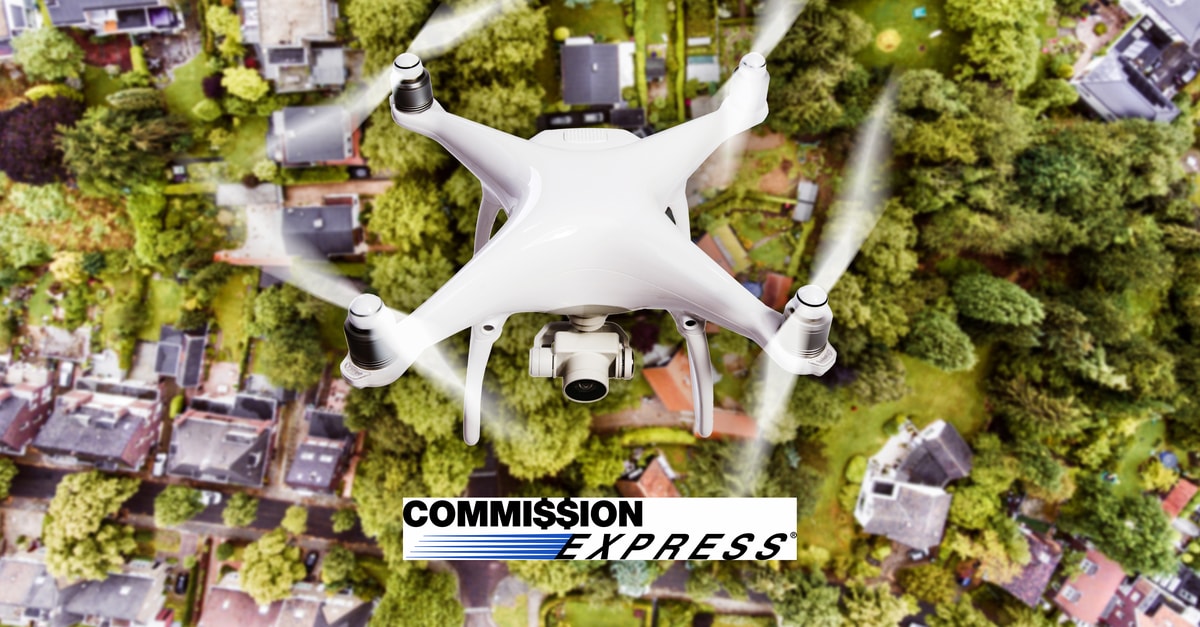It often feels like real estate deals are signed based on details, but drawing in potential buyers requires a good look at the big picture. For agents who are attempting to sell larger properties with unique layouts, lots of land or other topographically interesting features, conveying both size and scope can pose a significant problem.
Showcasing a bird’s-eye view of a sprawling property is just one reason real estate professionals are turning their attention to drones, and both the Federal Aviation Administration (FAA) and the National Association of REALTORS® (NAR) are on board.
Here’s what you need to know.
It’s Not For Everybody
It’s tempting to add high-tech gadgets to your marketing strategy simply because they’re cool, but drones are not a one-size-fits-all solution to slow-moving property sales. A drone can cost hundreds if not thousands of dollars, and you’ll have the added expense of a camera and mount. You’ll then have to hire a pilot to fly the drone unless you’re willing to invest the time and money into becoming a licensed drone pilot yourself. There are also liability issues in play; many insurance experts recommend hefty policies to cover any potential damage or injuries caused by your drone.
Know What You Want to Capture
That big picture we were talking about? It’s important, but you also want to avoid inundating buyers with sweeping views of boring brown rooftops and giving them a serious case of vertigo in the process. Every drone-assisted video should add value to your sales strategy. It should be a piece of the puzzle, not the entire plan. Know before you launch what features you want to capture, how the footage will be inserted into a longer film or portfolio, and what the final shots will convey to clients about each property’s unique, and most saleable, aspects.
Familiarize Yourself With the Regulations
New FAA regulations for drones went into effect in August 2016. Among the provisions are rules designed to minimize the risk and privacy issues associated with the commercial use of “small unmanned aircraft systems.”
In short:
- You don’t need approval to fly a drone in uncontrolled airspace (officially known as “Class G”), but drone flight in controlled airspace requires air traffic control authorization directly from the FAA.
- Drones must always remain within the operator’s line of sight.
- Drones can only fly during daylight; twilight is also acceptable if the drone is outfitted with anticollision lights. This is an important distinction for Realtors looking for fairytale shots of beautifully lit home at dusk.
- Drones cannot fly higher than 400 feet above the ground, fly faster than 100 mph, or fly over people who aren’t directly involved with the drone’s operation.
- To legally fly a drone for commercial use, you have to take an aeronautical knowledge test overseen by the FAA and pass a background check.
- Proposed uses not in compliance with set regulations require a waiver.
Note that these regulations are only an introduction to the ethical and legal boundaries of drone use. Anyone looking to use a drone should take the time to research related issues in detail.
When drone use began to gain popularity in the real estate sector, it could take months to get a usage waiver from the FAA. With new rules in place and the idea of drones spreading far and wide, we can expect to see more aerial footage in sales packages. If you’re ready to jump on the trend, you may benefit from the expanded view drones provide but keep a little perspective — the pursuit of bigger and better things could easily bust your budget.





